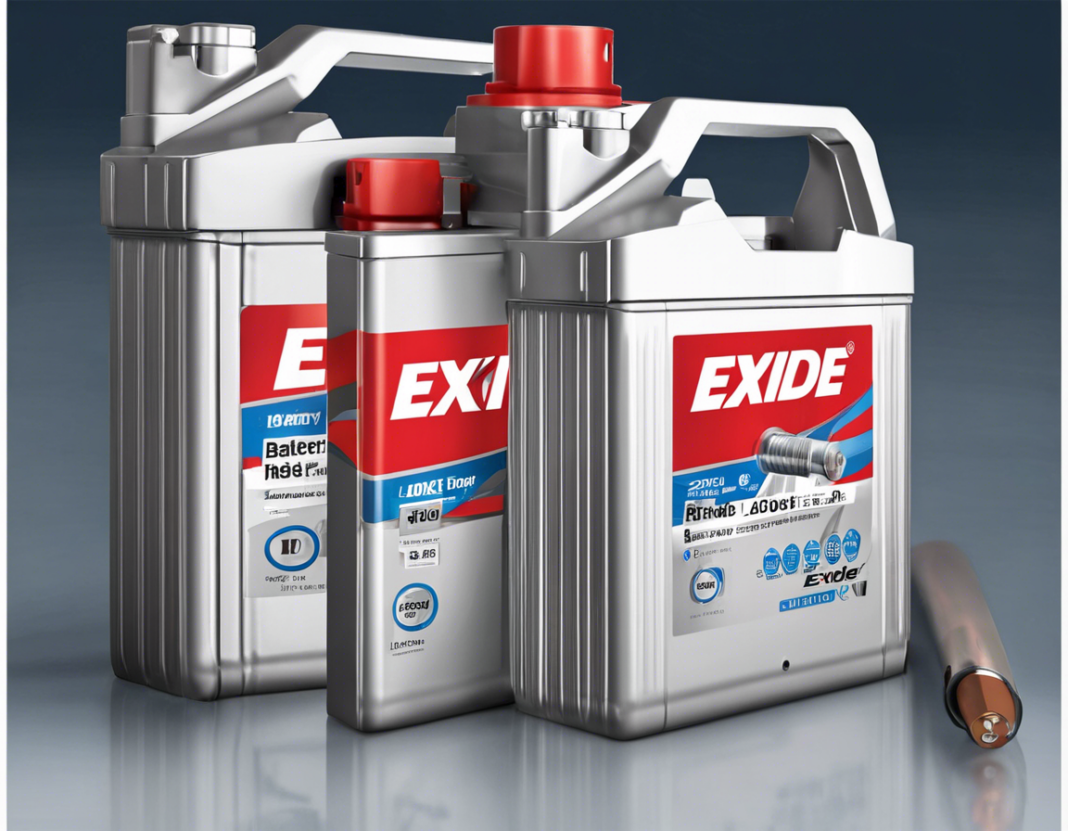Introduction
Maintaining your Exide battery is essential to ensure optimal performance and longevity. Proper care can help prevent unexpected breakdowns and extend the life of your battery. In this comprehensive guide, we will cover all aspects of Exide battery maintenance, from installation to troubleshooting common issues.
Types of Exide Batteries
Exide offers a wide range of batteries for various applications, including car batteries, deep cycle batteries, and industrial batteries. Each type of battery has specific maintenance requirements, so it’s crucial to identify the type of Exide battery you own before proceeding with maintenance tasks.
Installation and Setup
Proper installation is the first step to ensuring the longevity of your Exide battery. Follow these steps for a successful setup:
- Inspect the battery: Check for any visible damage or leaks before installation.
- Ensure proper positioning: Secure the battery in place to prevent movement during vehicle operation.
- Connect the terminals: Attach the positive (+) and negative (-) terminals to the corresponding cables, ensuring a tight connection.
- Apply terminal grease: To prevent corrosion, apply terminal grease to the terminals after connecting them.
- Test the battery: Use a multimeter to check the voltage of the battery after installation to ensure it is functioning correctly.
Charging and Maintenance
Regular charging and maintenance are essential for Exide batteries to perform efficiently. Follow these tips to keep your battery in optimal condition:
- Charging: Use a compatible charger to maintain the battery’s charge level when not in use. Avoid overcharging the battery, as it can reduce its lifespan.
- Cleaning: Regularly clean the battery terminals and casing with a mixture of baking soda and water to remove corrosion and dirt.
- Watering (for lead-acid batteries): If you have a lead-acid battery, check the water levels regularly and top up with distilled water as needed.
- Testing: Periodically test the battery’s voltage and performance to identify any issues early on.
Troubleshooting Common Issues
Despite regular maintenance, Exide batteries may encounter problems that require troubleshooting. Here are some common issues and their solutions:
- Battery not holding a charge: Check for parasitic drains, loose connections, or a faulty alternator that may be causing the issue.
- Corrosion on terminals: Clean the terminals with a wire brush and a mixture of baking soda and water to remove corrosion.
- Sulfation: If the battery is sulfated, consider using a desulfation charger to revive the battery.
- Overheating: Ensure proper ventilation around the battery to prevent overheating, especially in hot climates.
Storage and Disposal
Proper storage and disposal of Exide batteries are crucial for safety and environmental reasons. Follow these guidelines:
- Storage: Store batteries in a cool, dry place away from direct sunlight and extreme temperatures.
- Disposal: Dispose of old batteries at designated recycling centers to prevent environmental contamination. Avoid throwing batteries in regular trash bins.
FAQs (Frequently Asked Questions)
- How often should I check the water levels in my Exide battery?
-
It’s recommended to check the water levels in lead-acid batteries every 1-3 months, depending on usage.
-
Can I use any charger to recharge my Exide battery?
-
It’s best to use a charger recommended by Exide to avoid overcharging or undercharging the battery.
-
What should I do if my Exide battery shows signs of sulfation?
-
Consider using a desulfation charger to try and revive the battery before replacing it.
-
How long can I store an unused Exide battery?
-
It’s best to periodically charge the battery if it’s not in use for an extended period. Otherwise, follow the manufacturer’s guidelines for storage.
-
Is it safe to attempt to repair a damaged Exide battery myself?
- It is not recommended to repair damaged batteries yourself due to safety risks. Seek professional assistance for battery repairs or replacements.
In conclusion, proper maintenance is key to ensuring the longevity and performance of your Exide battery. By following the guidelines outlined in this guide and addressing any issues promptly, you can maximize the lifespan of your battery and avoid unexpected failures.









